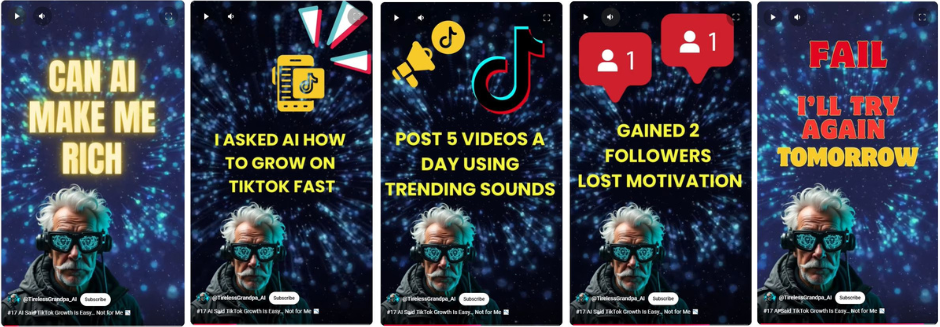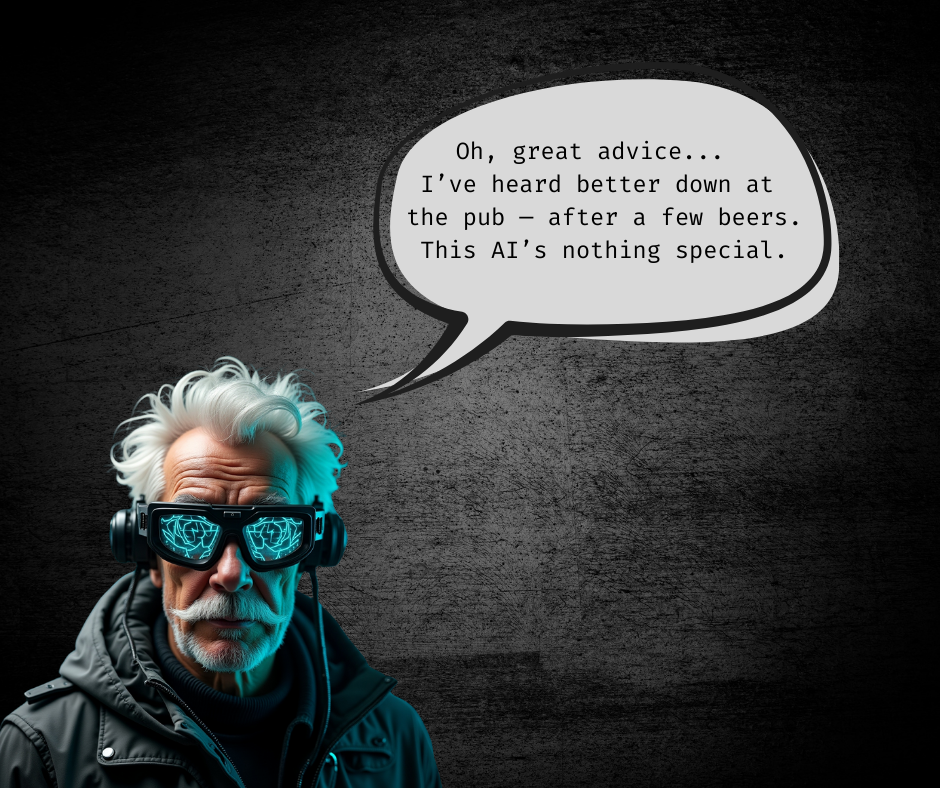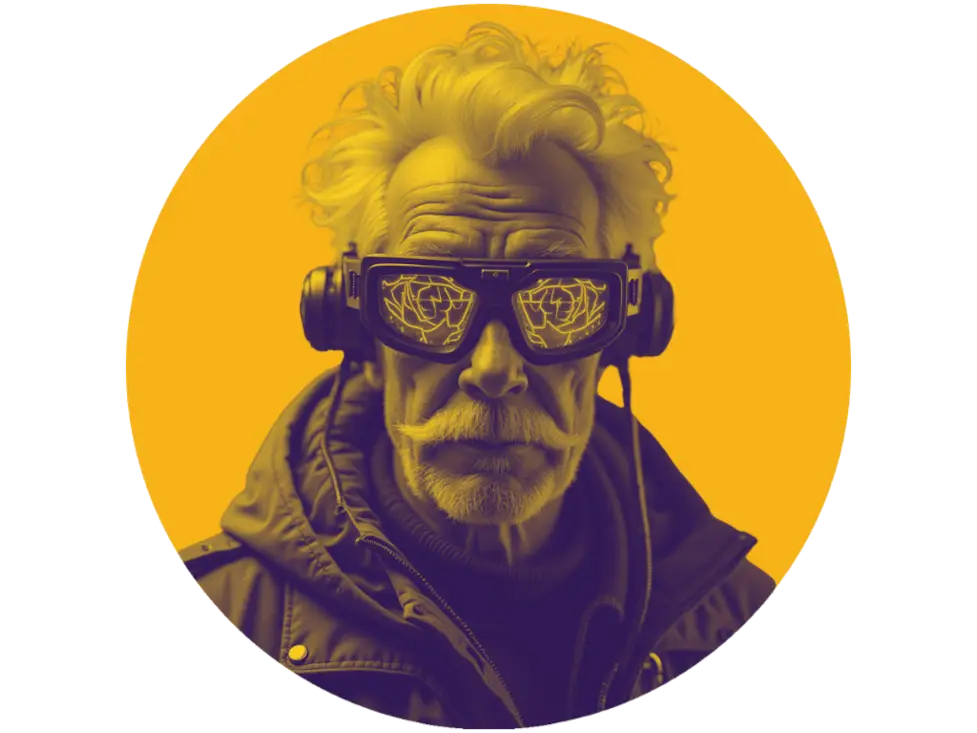After outlining my goals in previous posts, it was time to get practical. I needed clear guidance — not just theory, but actionable steps.
So, I gave ChatGPT a simple and direct input, describing what I was aiming to build:
- A faceless online project (I can’t be publicly visible due to my day job)
- Something with global reach, written in simple English
- A helpful resource for people who want to learn and use AI tools
- A system I could realistically run in just a few hours a day, outside my 9–5 job
- And if possible — a project that could one day generate some income
With that in mind, I asked the AI the big question:
“What kind of content should I create to teach people about AI, bring value, and build something meaningful (and possibly profitable) over time?”
Here’s the plan AI gave me — and how I started shaping it into the foundation of the Tireless Grandpa project.
1. Teach the Basics — Start With the “Why” Behind AI

The first suggestion was to focus on the basics — explain what AI is and why it matters.
Keep it beginner-friendly, without the technical jargon, so anyone can follow along.
Some of the first suggested topics:
- What is AI, and why is everyone suddenly talking about it?
- How AI became mainstream in just a few years
- What’s the real purpose of AI — what is it solving?
- What AI can and can’t do (yet)
This would serve as the starting point for anyone visiting the project, especially for people who are completely new to AI.
2. Introduce Tools — One by One, Week by Week

Next, AI recommended not overwhelming readers with a flood of tools but instead introducing them gradually.
The idea:
- Present 1–2 AI tools per week.
- Explain what they do, how they work, who they’re for, and if they are actually worth it.
Post ideas could look like:
- “I tested [Tool Name] — here’s what happened”
- “Free vs Paid — what does the Pro version really give you?”
- “Can this AI tool really replace a human?”
These posts would include visuals, small case studies, and honest insights.
3. Teach People How to Use AI (Without Overcomplicating)
Another strong suggestion was to create simple, step-by-step tutorials for beginners.
Examples:
- How to use ChatGPT if you’ve never tried it
- How to write better prompts
- How to automate simple tasks
- How to integrate AI into your daily workflow
The focus is clear — practical advice, not abstract theory. The kind of stuff that helps people today, not “someday.”
4. Mix in Humor — Especially for Short-Form Content
For social platforms, AI recommended not being too serious all the time.
Some ideas:
- Funny experiments (“I tried making an AI children’s book — sold zero copies.”)
- Behind-the-scenes clips
- Honest fails

The main blog would stay mostly educational, but social media could be a space to experiment and have a little fun.
5. Build a Sustainable Content Cycle
The most important point: keep it sustainable.
The suggested workflow:
- Blog post = main content
- Repurpose into Shorts and social media posts
- Repeat consistently, without chasing perfection
This would allow the project to grow naturally, without burning out or trying to be everywhere at once.
Will I Follow AI’s Advice to the Letter?

While these suggestions are helpful, I’ll be taking them with a grain of salt.
I’ll start with some of them, sure — they are practical and make sense — but I fully expect to adjust, tweak, and even completely change things as I go.
Every project is different, and honestly, I’d be surprised if I stuck to this plan 100%.
But that’s part of the fun.
In this post, I just wanted to show you how AI thinks and where it initially pointed me.
Will I follow every step exactly? Will it work? That’s still to be seen.
For now, we’re just getting started.
Faceless, but not soulless — just one persistent human using AI to turn ideas into something real. One blog post at a time.




